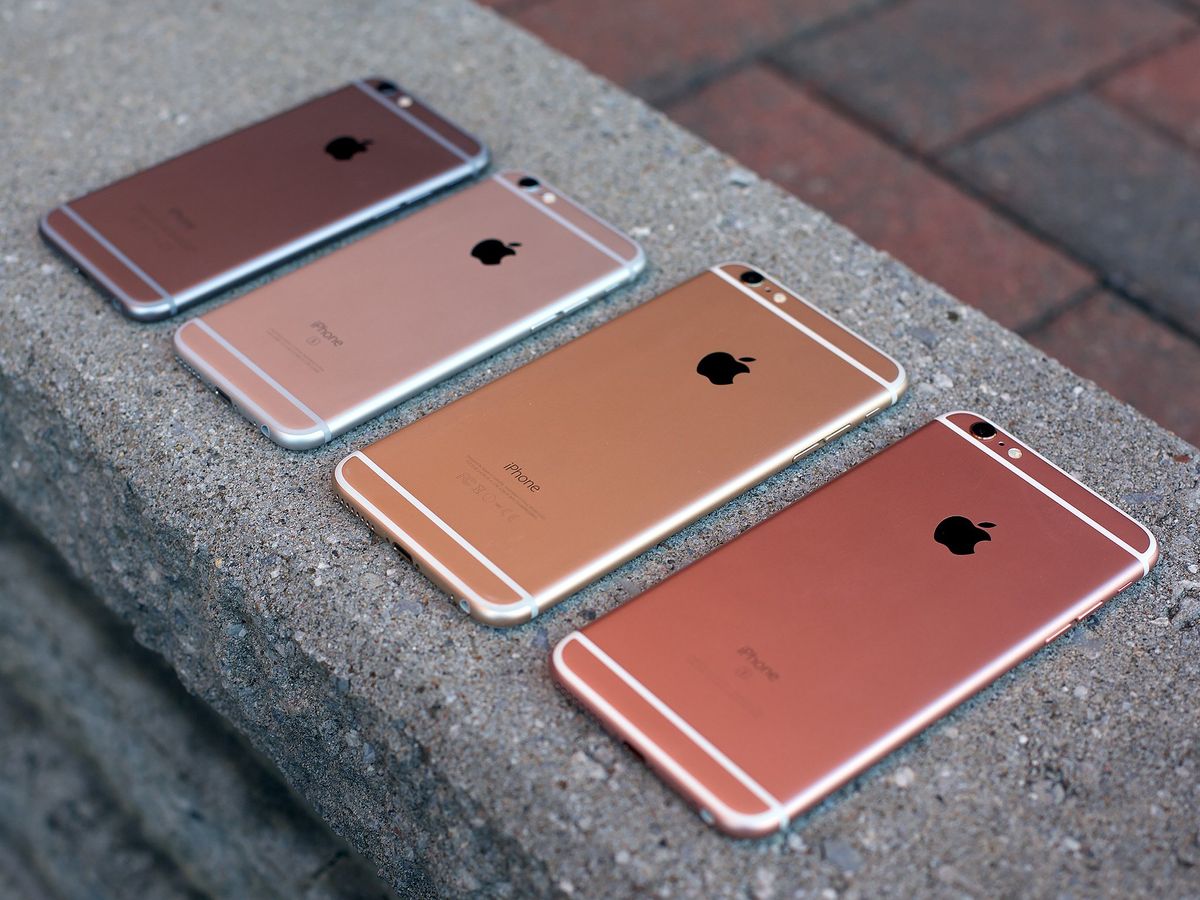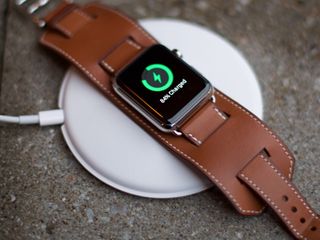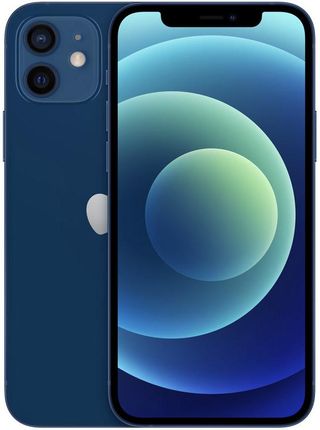iPhone 7 and the potential for wireless charging

Up until last year, wireless charging didn't work on phones with metal casings, specifically for our purposes—the iPhone. But technologies, like times, change. So, could Apple bring wireless charging to the iPhone 7?
Going wireless
Wireless charging has been available on other phones for years. The original Palm Pre launched with it in 2009 and a succession of Android and Windows phones have launched with it since. Back then, Apple obviously didn't think the benefits of wireless charging were worth implementing in the iPhone 4 or iPhone 4s. The company even switched away from glass to aluminum backs for iPhone 5 and later models, fully removing it as an option.
Then, in July of 2015, Qualcomm announced wireless charging through metal:
WiPower, as well as other technologies that meet the Rezence standard, operate at a frequency that is more tolerant of metal objects that come within the charge field. Up to now, this meant one could typically have objects such as keys and coins in the charge field and not affect the charging process. Today, WiPower has added the ability to have the device itself made of metal. This advancement maintains WiPower's existing ability to charge devices requiring up to 22 watts today, at speeds equal to or faster when compared to other wireless charging technologies.
Just because Apple can do something has never meant the company will. Apple has always been less about chipsets and more about feature sets.
Apple senior vice president of worldwide marketing, Phil Schiller, spoke about wireless charging in 2012, telling All Things D:
[Wireless] charging systems still have to be plugged into the wall, so it's not clear how much convenience they add. The widely-adopted USB cord, meanwhile, can charge in wall outlets, computers and even on airplanes, he said. "Having to create another device you have to plug into the wall is actually, for most situations, more complicated," Schiller said.
Schiller said much the same about near field communications (NFC) at the time. Then, in September of 2014, Apple showed off NFC in the iPhones 6. It wasn't NFC for NFC's sake, though. It was introduced specifically to enable contactless transactions through Apple Pay.
At the same even the company also showed off wireless charging, though not for the iPhone—it was introduced for the Apple Watch.
Master your iPhone in minutes
iMore offers spot-on advice and guidance from our team of experts, with decades of Apple device experience to lean on. Learn more with iMore!

Wireless charging on the Apple Watch was accomplished through a magnetic disk on the end of the cable that latched onto the back of the watch. Apple.com:
[Our] goal was to make Apple Watch easy to charge in the dark. Without looking. While being only partially awake. We arrived at a solution that combines our MagSafe technology with inductive charging. It's very forgiving, requiring no precise alignment. You simply hold the connector near the back of the watch, where magnets cause it to snap into place automatically.
The Apple Watch was also designed to be water resistant. It's rated IPX7 under IEC standard 60529. Technically that covers sweat, splash, and other incidental contact. Unofficially, it's been used in showers and for light swimming, but not diving. Because the charging is inductive and the data transfer is wireless, it let Apple seal the Watch's diagnostic port and hide it inside on of the watch band attachment slots. That helps water resistance.
Unofficially, Apple has begun increasing the water resistance of the iPhones 6s already, even with a Lightning port. Rumor has it, though, that the company may take it to the next level in the future.
The iPhone would still need a Lightning port, and unlike the diagnostic port on the Apple Watch, it would have to stay exposed. Wireless charging, though improving, still isn't as fast as wired. Nor is wireless data transfer as reliable. But it's still convenient.
If rumors are true and Apple wants to remove the 3.5mm headphone jack, though, wireless charging would let you replenish the battery without taking up the one and only remaining port. You could charge inductively while listening to music over Lightning headphones, for example, or while conducting a lengthy interview through an external Lightning mic.
Bluetooth—or the new 802.11ah standard—and Wi-Fi can alleviate the problem from the data transfer side, but being able to alleviate it from the charging side as well makes for much greater flexibility.
It also provides the same level of convenience as the Watch—letting you easily connect it to a magnetic charger when you turn in for the night, and pull it off when you get up in the morning.
Technology alone is not enough
We're not yet living in that future where every coffee shop, restaurant, bar, and business has ubiquitous wireless charging built into every table and desk. Where we can all simply walk in, set down our phones, and top up our batteries. Apple entering any market has always been a good way to jump start the future, though, providing Apple does it like the company did NFC—in keeping with existing standards.
Previously, Apple chose aluminum over inductive charging. The iPhone 7 could be the first opportunity to have both. Apple won't do it just because the company can, though. They won't do it just because there's a new chipset. (They could just as easily be working on a new casing material that's not completely metal, irrespective of any wireless charging plans.)
Apple will only go to wireless charging if the company can present it as a valuable and compelling feature— as part of a shift away from old ports and towards new possibilities.

Rene Ritchie is one of the most respected Apple analysts in the business, reaching a combined audience of over 40 million readers a month. His YouTube channel, Vector, has over 90 thousand subscribers and 14 million views and his podcasts, including Debug, have been downloaded over 20 million times. He also regularly co-hosts MacBreak Weekly for the TWiT network and co-hosted CES Live! and Talk Mobile. Based in Montreal, Rene is a former director of product marketing, web developer, and graphic designer. He's authored several books and appeared on numerous television and radio segments to discuss Apple and the technology industry. When not working, he likes to cook, grapple, and spend time with his friends and family.












